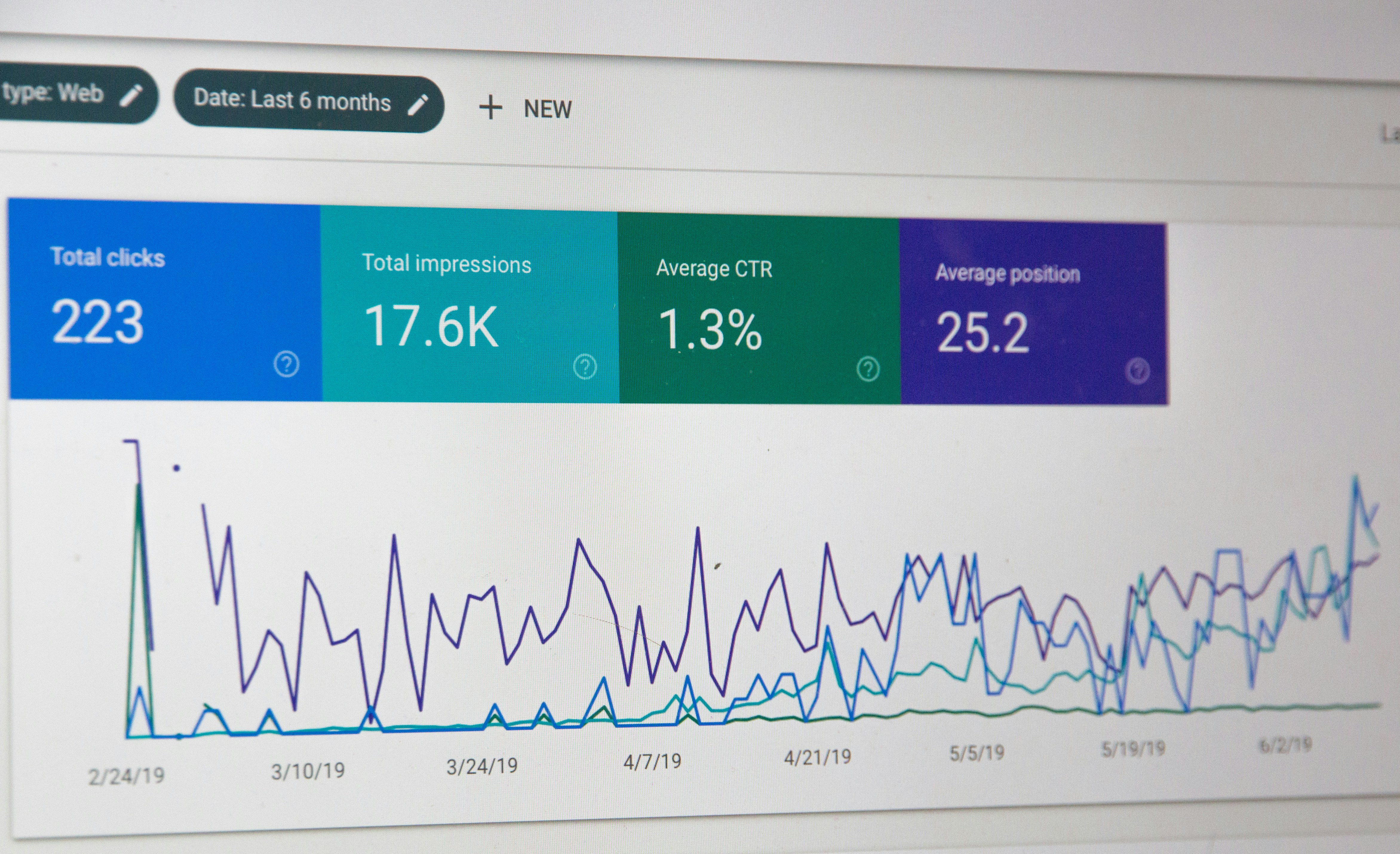Data-Driven Marketing Strategies to Reduce Vacancy Faster

Vacancy is one of the most persistent challenges in property management. Whether you manage multifamily apartments, single-family rentals, or commercial office space, an empty unit or suite is a direct hit to revenue. Vacant properties also increase carrying costs, strain operating budgets, and can even reduce long-term property value if occupancy struggles persist. For years, property managers relied on intuition, word-of-mouth, or generic advertising to fill space, but those approaches are no longer enough in today’s competitive market.
The solution is data. By embracing data-driven marketing strategies, property managers can move beyond guesswork and adopt a targeted, measurable approach to tenant acquisition. Data reveals who your audience really is, where they are searching, what motivates them, and how to reach them most effectively. The result is not just faster leasing but also smarter use of resources and improved long-term retention.
This blog explores practical, data-driven marketing strategies that property managers can use to reduce vacancy faster and boost overall performance across any portfolio.
Understanding the Modern Renter and Tenant Through Data
The first and most important step in reducing vacancy is knowing your audience. Property managers cannot afford to market blindly. Collecting and analyzing data on prospective renters and tenants is the foundation for building campaigns that resonate.
Data sources can include website traffic analytics, CRM lead reports, social media engagement, listing site performance, and even survey feedback from existing tenants. When viewed collectively, these insights paint a detailed picture of tenant demographics, preferences, and decision-making timelines. For instance, analytics might reveal that a significant portion of your leads are young professionals searching for units on mobile devices during evenings. This insight suggests the importance of mobile-optimized ads, messaging that highlights convenience, and responsive communication channels like text and chat.
Another example is office leasing. If your data shows that small businesses dominate inquiries for certain properties, marketing campaigns should highlight flexible lease terms, shared amenities, or scalable office solutions rather than long-term commitments. Understanding the profile of likely tenants allows property managers to craft tailored campaigns that move prospects more quickly from interest to signed lease.
Building Precise Audience Segments
Once you know who your prospects are, the next step is segmentation. Instead of blasting the same message to everyone, segmenting tenants into categories based on demographics, interests, and behaviors ensures your campaigns feel personalized.
For residential leasing, you might create separate campaigns for families, retirees, and remote workers. Families may care most about school districts and playgrounds, while remote workers prioritize high-speed internet and quiet workspaces. By matching your marketing messages to each segment, you increase the likelihood of conversion.
For commercial spaces, segments could be based on business size, industry type, or growth stage. A startup might need small, flexible spaces with shared conference rooms, while established businesses may want visibility, signage, and long-term stability. Segmenting campaigns allows property managers to showcase the features that matter most to each audience, reducing the time and cost of filling vacancies.
Optimizing Marketing Channels with Data
Not all marketing channels deliver equal results. Some generate awareness but not leads, while others drive inquiries that rarely convert. The only way to know which channels truly work is by tracking and analyzing performance metrics.
Modern property managers should measure metrics such as click-through rates, cost per lead, and conversion percentages for each channel. For example, listing sites might generate a high number of leads but with a low conversion rate, while a targeted Facebook campaign produces fewer leads but a higher lease conversion. The key is not volume but quality.
Shifting budgets to the channels with the highest conversion efficiency ensures resources are used wisely. If data shows that Instagram ads outperform traditional listing platforms, increase investment there. If email marketing consistently leads to signed leases, expand your automation campaigns. Over time, reallocating budgets based on performance data reduces wasted spend and accelerates the leasing cycle.
Using Predictive Analytics to Anticipate Vacancies
One of the most powerful applications of data is predictive analytics. Instead of reacting to vacancies after they occur, property managers can anticipate them before they become a problem.
By analyzing historical lease data, renewal patterns, and tenant behavior, predictive models can forecast which units or suites are most likely to turn over. For example, if tenant engagement drops significantly or maintenance requests spike, those tenants may be less likely to renew. With this information, property managers can act early—offering renewal incentives, addressing concerns, or preparing targeted marketing campaigns for the upcoming vacancy.
This proactive approach not only reduces the duration of vacancy but can also prevent it entirely. Commercial operators use predictive analytics to anticipate when businesses may outgrow their current space. Residential managers use it to forecast seasonal leasing trends and adjust marketing intensity accordingly. Predictive analytics ensures that property teams are always one step ahead, reducing the financial impact of turnover.
Leveraging Technology and Automation for Faster Leasing
Speed matters in property marketing. When a prospect inquires about a property, slow response times can lead to lost opportunities. Technology is essential for reducing vacancy because it enables instant engagement with prospects, ensuring no lead is missed.
CRM systems track inquiries across multiple channels, while automation platforms send immediate follow-ups through email or SMS. AI-powered chatbots can answer common questions, schedule tours, or provide unit details 24/7. This creates a seamless experience for prospects and reduces the time from first inquiry to scheduled showing.
Lead scoring is another valuable tool. By assigning values to leads based on their behavior, property managers can prioritize high-quality prospects and ensure they receive prompt attention. For example, a prospect who views multiple floor plans, downloads a brochure, and requests a tour is much closer to leasing than someone who simply clicks a Facebook ad. With automated prioritization, teams can focus energy where it matters most.
Analyzing and Refining Campaign Performance
Data-driven marketing is an iterative process. Launching campaigns is only half the equation; the other half is analyzing results and refining strategies. Property managers should regularly review metrics such as cost per lease, time to fill vacancy, and average lead-to-lease conversion.
Consider a case where one property consistently takes longer to fill than others in the same portfolio. By diving into the data, managers might discover that the issue is not demand but pricing, photos, or unit descriptions. Testing new listing photos, updating amenities information, or adjusting pricing can yield measurable improvements.
Continuous refinement ensures marketing remains aligned with tenant expectations and market conditions. The most successful operators adopt a “test and learn” approach, running A/B tests on ad copy, landing pages, or incentive offers, and using results to guide future campaigns.
Integrating Retention into Marketing Strategies
Reducing vacancy is not only about filling empty units; it is also about keeping existing tenants satisfied. Data-driven marketing should extend beyond acquisition and into retention strategies. Happy tenants renew their leases, refer others, and reduce turnover costs.
Property managers can collect and analyze data on tenant satisfaction through surveys, online reviews, and service requests. Identifying patterns in feedback helps operators address recurring issues, improve services, and build stronger relationships. For example, if survey data shows residents consistently request improved parking solutions, responding to that demand increases the likelihood of renewals.
Retention marketing also includes personalized communication. Sending renewal reminders that highlight the value of staying—such as improved amenities, stable rent rates, or loyalty perks—encourages tenants to renew before they consider alternatives. This integration of acquisition and retention creates a complete strategy for minimizing vacancy.
Creating a Data-Driven Marketing Culture
Finally, data-driven marketing only succeeds when it becomes part of organizational culture. Teams must be trained to understand metrics, interpret insights, and apply them in daily operations. Marketing should not be seen as a creative exercise alone but as a performance-driven discipline guided by measurable outcomes.
Property managers who embrace this mindset encourage innovation and accountability. Instead of asking “What campaign feels right?” the question becomes “What does the data tell us?” This shift empowers teams to test new ideas, measure results, and continually improve. Over time, this creates a cycle of performance improvement that directly reduces vacancy and strengthens long-term property performance.
Conclusion
Vacancy is one of the most costly challenges in property management, but it is also one of the most solvable when approached strategically. By using data-driven marketing, property managers gain clarity on who their tenants are, which channels deliver results, and how to anticipate trends before they impact revenue. Predictive analytics, automation, and ongoing performance analysis allow operators to reduce vacancy faster and more efficiently than ever before.
The future of property management lies in analytics-driven decision-making. Operators who embrace data not only fill vacancies quickly but also build stronger tenant relationships, improve marketing ROI, and maximize net operating income. Reducing vacancy is no longer about chance—it is about strategy, insight, and execution backed by data.


